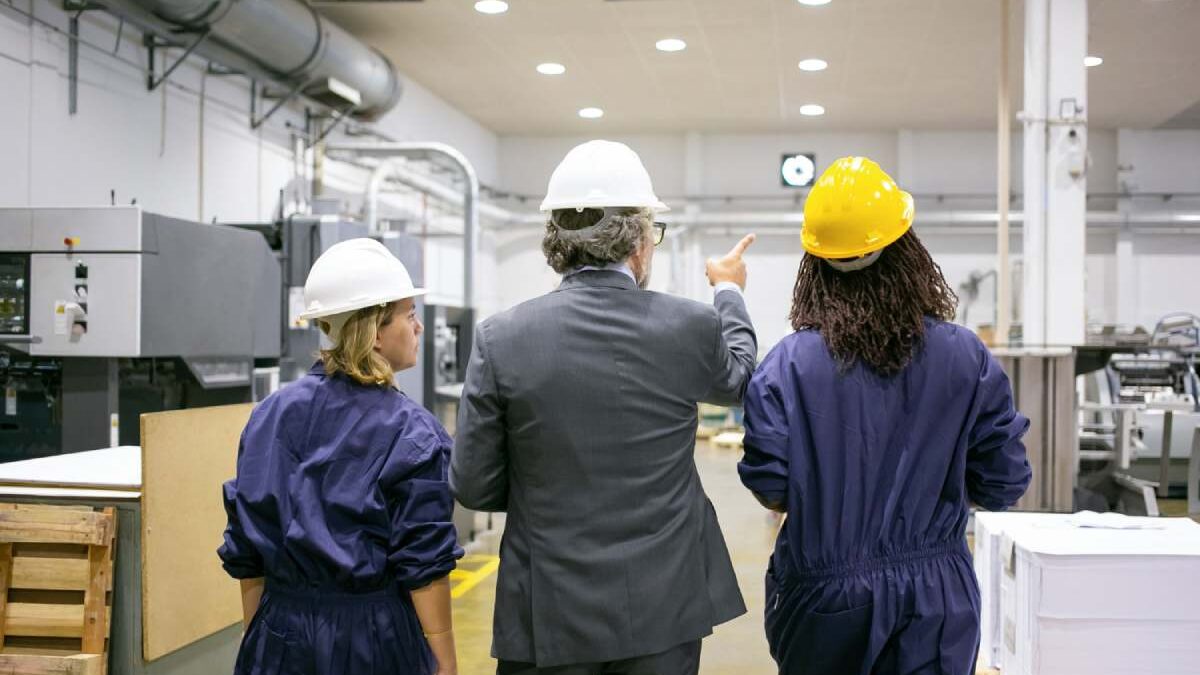Walking into an industrial facility, you may take for granted something as basic as power; yet, without it, operations would quickly come tumbling to a halt, costs would rise, and production would slow significantly. Not to mention many factories face preventable power problems that they should avoid in the first place!
Most warehouses rely on machines, like forklifts, for fast, cost-effective delivery of goods. But without a reliable power source like Deka industrial forklift batteries – designed for durability, fast charging time and without draining resources – many times, these forklift batteries cannot meet expectations, leading to time and money wastage.
Table of Contents
Common Power Challenges in Industrial Facilities
Power interruptions are an annoyance; we’ve all experienced them! One minute you’re working away happily when all at once your machines shut off due to an outage. For businesses, this disruption is more than an inconvenience; it is an opportunity cost for their productivity and success.
Rising energy costs are another concern; the more you rely on machines that consume large quantities of power, the more your electricity bills increase. Combine that with outdated systems that consume even more electricity while failing regularly or older machinery that wastes power with breakdowns, causing inefficiency to rise even higher.
Sustainability has also become a prevalent theme, though many industries still struggle with understanding it fully. You know you should go greener but where should you begin? Trying to be green can feel like trying to piece together an incomplete puzzle!
Strategies for Overcoming Power Challenges
How do you overcome all these power challenges? How can you control energy costs, minimize downtime and transition smoothly towards more sustainable models without it becoming an expensive burden on the budget?
1. Consider Advanced Battery Solutions
When you rely on forklifts and material-handling equipment, reliable power is of utmost importance. That’s where Deka industrial batteries for forklifts come in; these long-life batteries deliver consistent energy throughout long shifts without constant charging needs or the same level of maintenance required with older battery solutions, not to mention real savings in both time and energy!
2. Implement Smart Energy Management Systems
Even with top equipment in your hands, money could still slip away without careful monitoring of how it uses power. Smart energy management systems offer a way out. These real-time systems track energy use to detect patterns and uncover inefficiency for you – like having an aerial view of all the energy being consumed!
These systems not only save energy but provide you with all of the data to optimize and adjust operations; plus their automation features ensure machinery only uses power when necessary.
3. Optimizing Equipment and Infrastructure
Upgrading machinery can have a considerable effect on how much energy is consumed; newer pieces tend to use less electricity while often requiring less maintenance. So if your current machines consume too much power or regularly break down, perhaps now is a good time to invest in an upgrade!
Consider upgrading the infrastructure of your building too; old wiring, ineffective HVAC systems and poor insulation all add up to higher energy bills in the long run. Taking the time and investing in upgrades will reap dividends later on.
4. Conduct Employee Training on Best Practices
Sometimes the real issue with energy systems and equipment lies not with them but with the people operating them. Ensuring your team is trained on energy usage best practices could make a statement about your commitment. Educating staff about proper battery maintenance extends their lifespan while regular checks prevent issues from popping up unexpectedly.
Future Trends in Industrial Power Management
The industrial sector is constantly adapting, with energy management no exception. More companies are adopting renewable sources like solar and wind power as part of a movement towards reduced reliance on traditional grids, reduced carbon footprints, and long-term savings on their costs.
Battery storage technology has also undergone substantial advancements recently. Thanks to advances in battery development, longer-lasting, quicker-charging batteries should soon become the standard, providing your equipment with greater uptime with reduced interruptions.
Automation has also seen rapid expansion. AI-powered energy management systems are quickly gaining popularity; these AI systems also make adjustments on-the-fly, improve overall energy management efficiency and save costs on maintenance needs.
Conclusion
Energy efficiency is essential, and industrial facilities that adopt smarter power solutions will not only save money in the short term but will be better poised for long-term success. By investing in modern battery solutions, upgrading infrastructure, and using energy management systems you will take steps toward an energy-efficient and eco-friendly operation.

